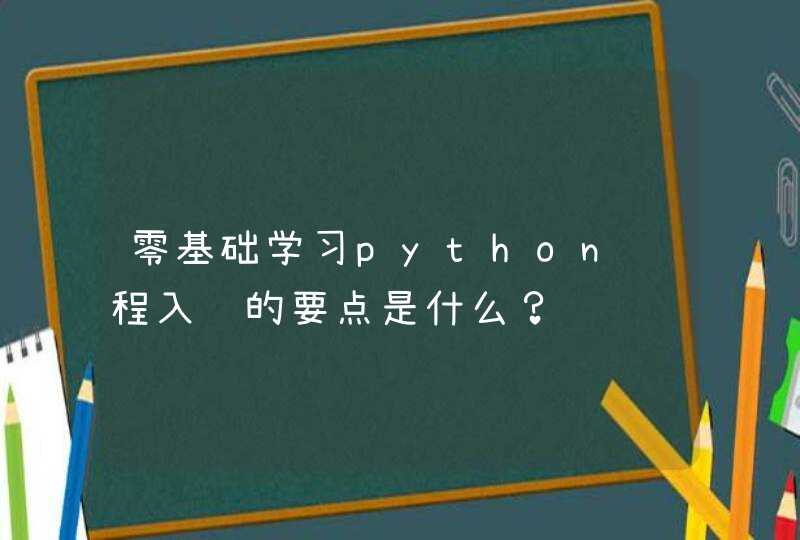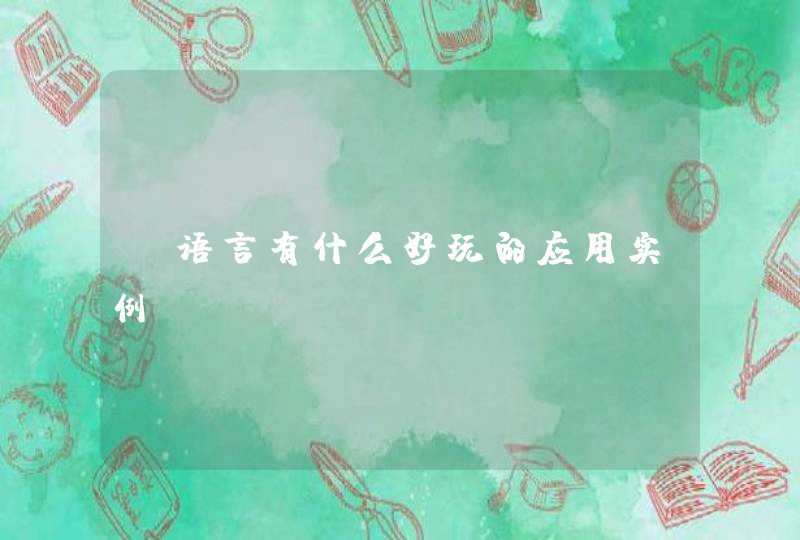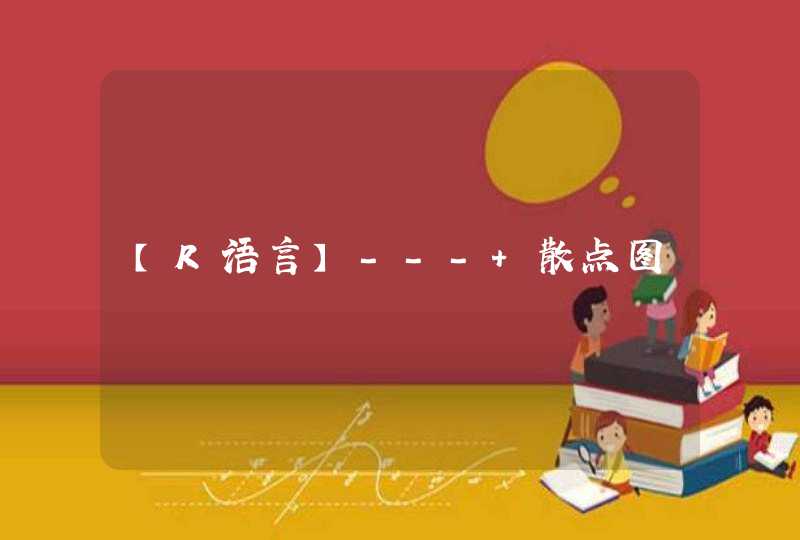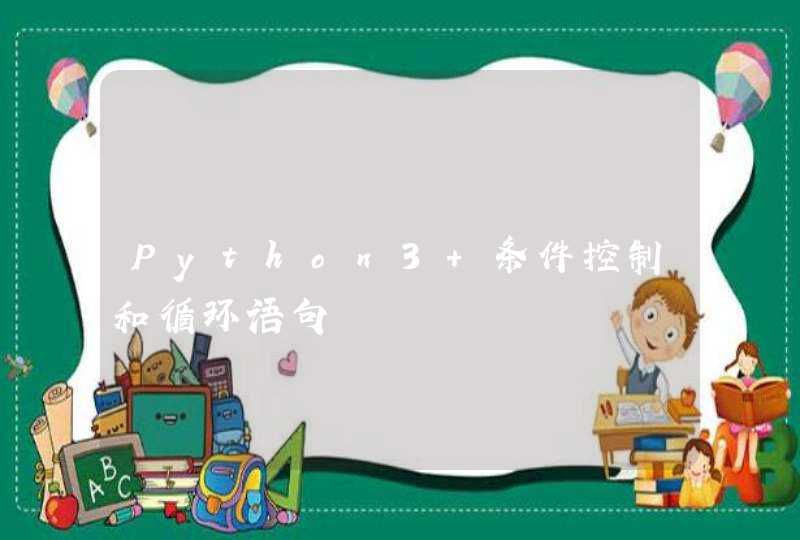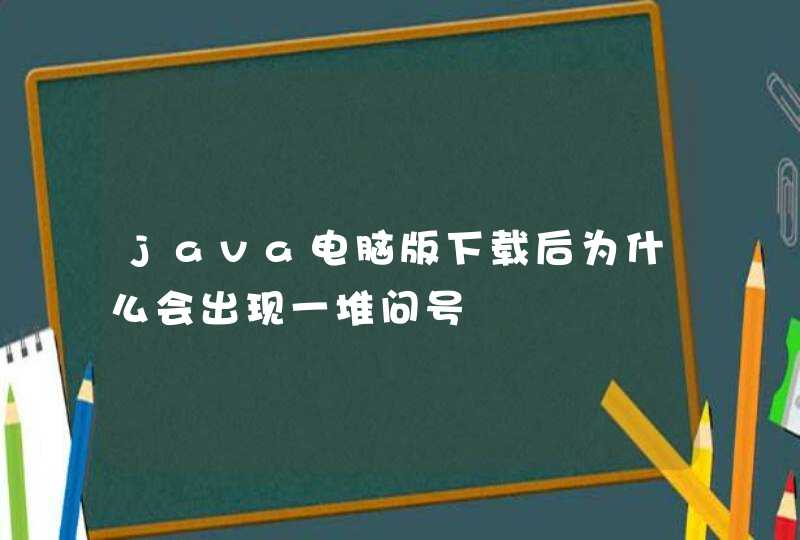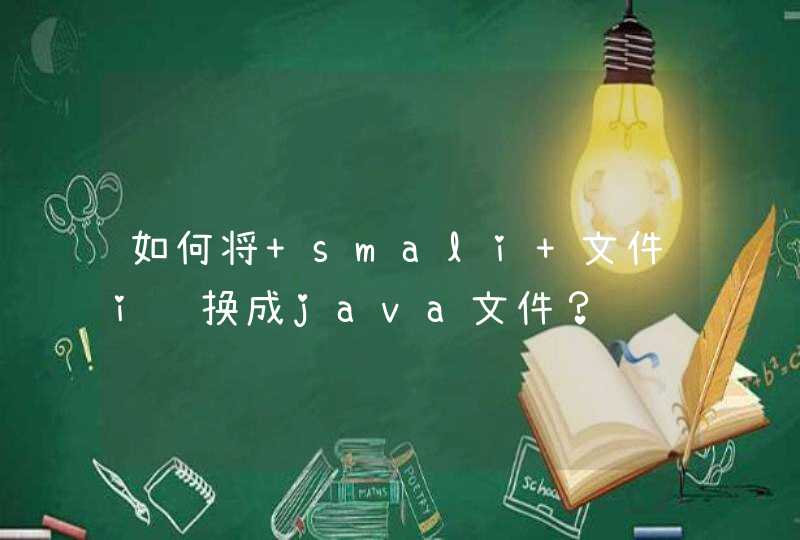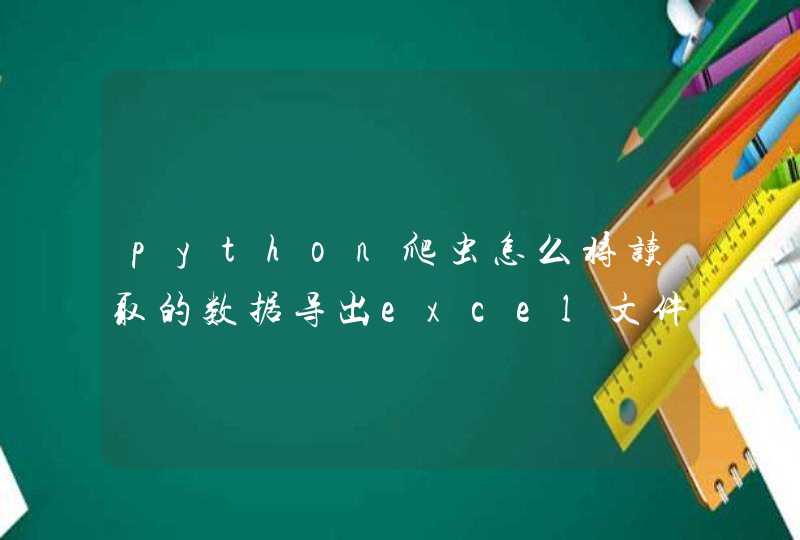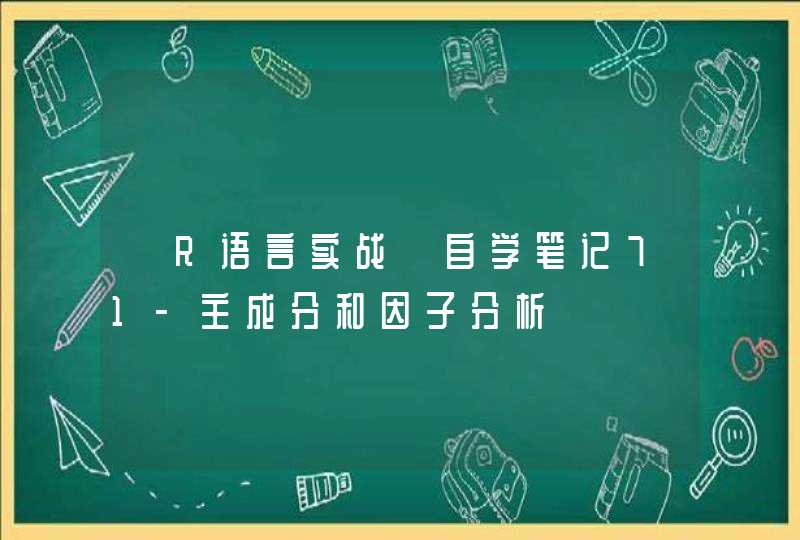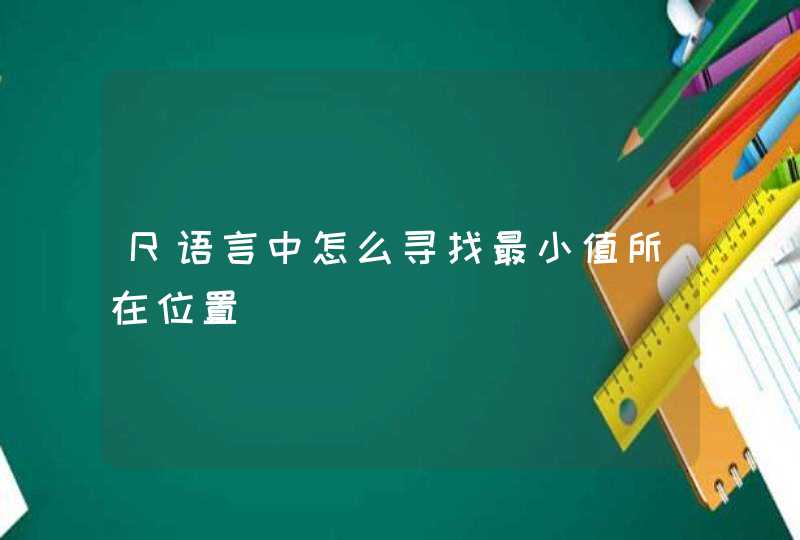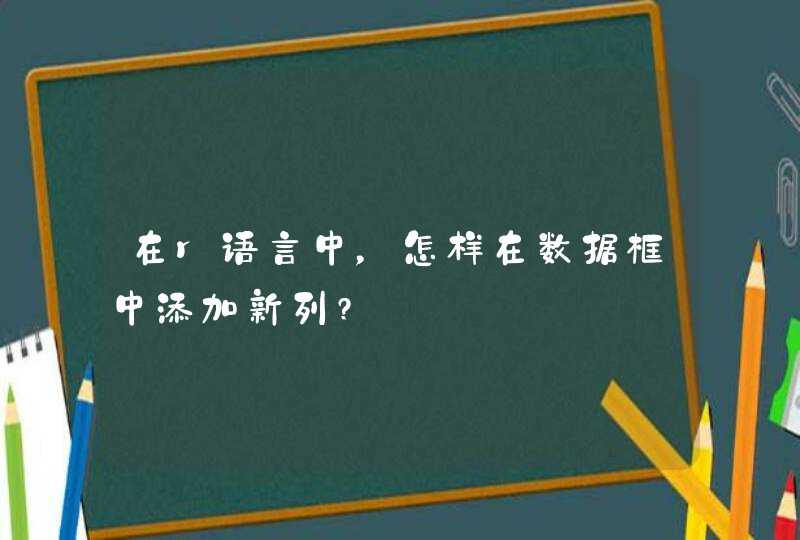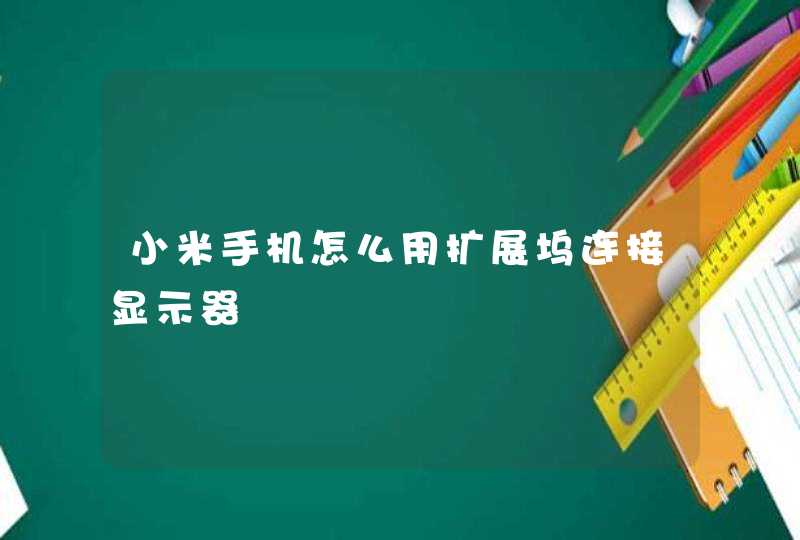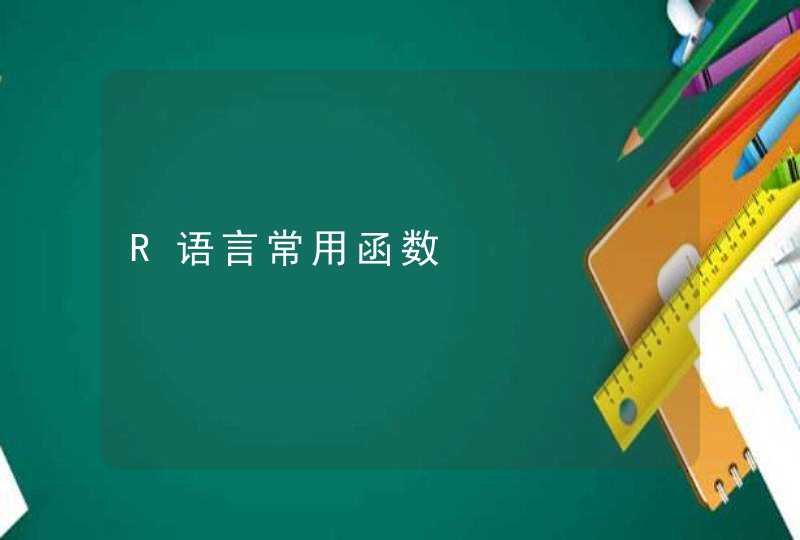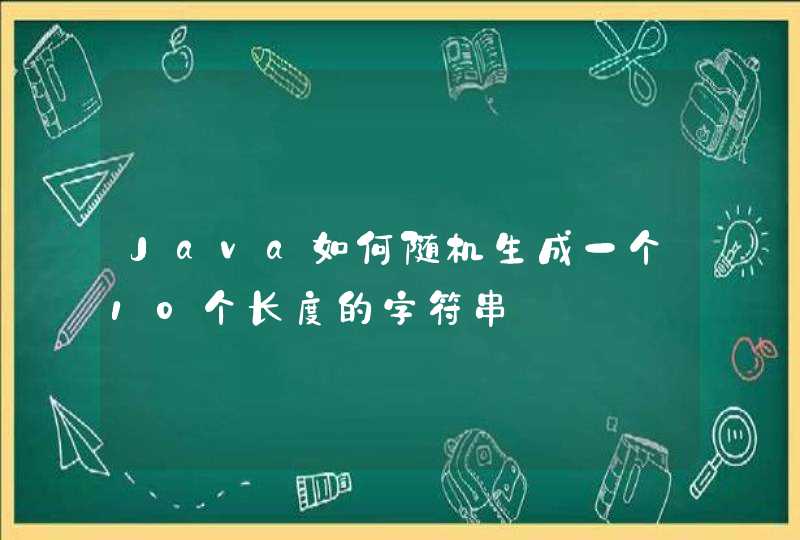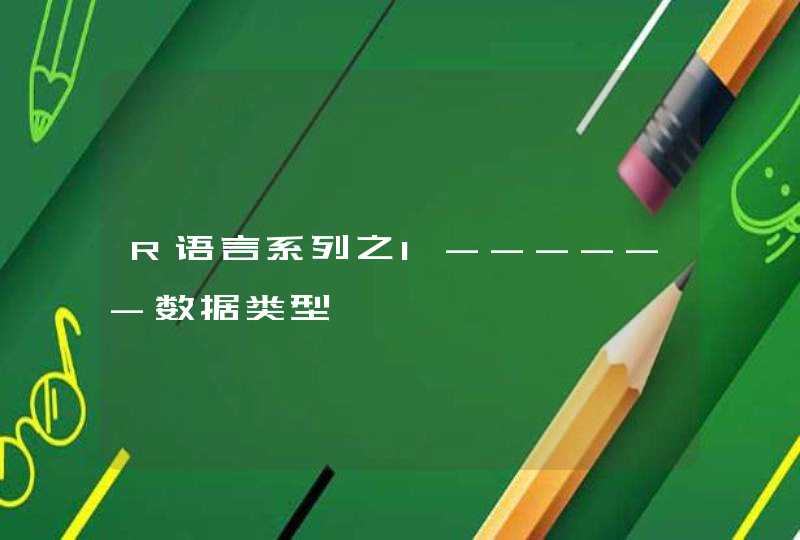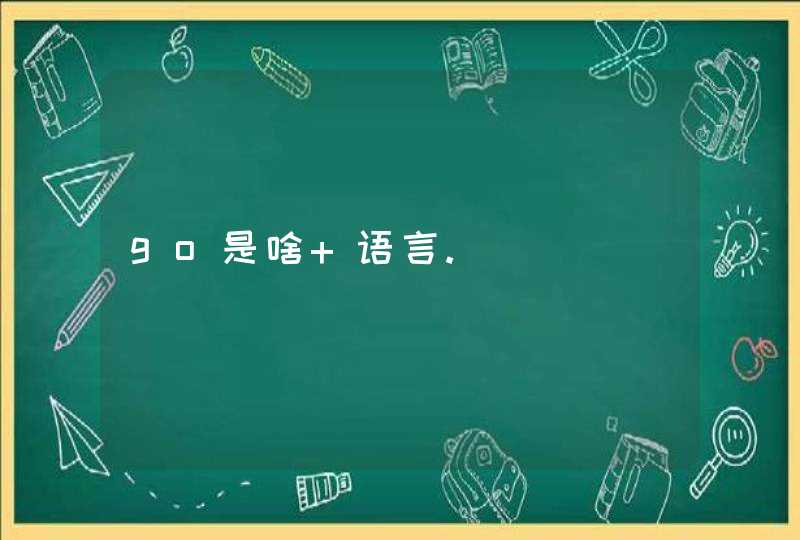
1,正则表达式的一些内容
正则表达式主要是用来匹配文本中需要查找的内容,例如在一片文章中找出电话号码,就中国的来说11位纯数字(不说座机),则使用"\d{11}" 意味匹配数字11次,就能准确的查找出文本中的电话号码. 还有就是在编写网络爬虫的时候需要提取很多超链接再次进行爬取,使用正则表达式就很方便.直接匹配http开头就行,当然也可以使用beautifulsoup的select方法.
看下面的程序看看正则表达提取文本中的邮箱:
\w 匹配字母,数字,下划线
+ 匹配1次或者多次
re是正则表达式的工具包,工具包出错的话在anaconda的命令行输入"pip install re"安装,其他的工具包也是如此.
re.compile()中的r示意\不是转义字符,也就是保持后面字符串原样,findall返回一个列表.下面还有一个版本的程序略有不同.
compile的另一个参数re.IGONORECASE(忽略大小写),还可以是re.DORALL,多行模式,具体功能也是模糊不清,不过在使用通配符 . 匹配的时候加上re.DOTALL参数能够匹配换行.如果希望忽略大小写和多行模式都开启可以使用re.compile(r'....',re.IGNORECASE|re.DOTALL) .
表达式使用( ),对匹配到的内容分为3组 也就是(\w+)出现字母,数字,下划线一次或多次,这个分组就是下面使用match对象的grou()方法的时候的参数.不给参数和参数0都是得到整个匹配到的内容, 参数1得到第一个括号匹配到的内容,以此类推参数2和3,如果没有括号分组的话使用参数会出现错误.
search( )查找和正则式匹配的内容,只匹一次后面的那个找不到.返回一个match对象
\w 匹配字母,数字,下划线
\W 匹配字母,数字.下划线之外的所有字符
\d 匹配数字
\D 匹配非数字
\s 匹配空格,制表符,换行符
\S匹配除空格制表符,换行符之外的其他字符
[ .... ]定义自己的匹配,如[aeiouAEIOU ]匹配所有的元音字母,注意不是匹配单词.
{最少次数,最多次数},例如{3,9} 匹配3-9次,{ ,10}匹配0-10次. 默认为匹配最多次数(贪心匹配),非贪心模式在后面加上问号
? 可选 0次或者1次吧
+匹配1次或多次
*匹配0次或者多次
^ 判断开头 ^\d 如果待匹配串是数字开头则返回第一个数字
$判断结尾 \d$ 如果待匹配串是数字结尾则返回最后一个数字
. 通配符,匹配除换行之外的所有字符
\d{11} 匹配数字11次
. * 匹配所有字符除 换行
[a-zA-Z0-9._%+-] 小写和大写字母、数字、句点、下划线、百分号、加号或短横
[a-zA-Z]{2,4} 匹配字母 2 - 4次
Python正则表示式的几种匹配用法下面列出: 1.测试正则表示式是否匹配字串的全部或部分regex=ur"" #正则表示式
if re.search(regex, subject): do_something()else: do_anotherthing() 2.测试正则表示式是否匹配整个字串 regex=ur"/Z" #正则表示式末尾以/Z结束
if re.match(regex, subject): do_something()else: do_anotherthing() 3.建立一个匹配物件,然后通过该物件获得匹配细节(Create an object with details about how the regex matches (part of) a string) regex=ur"" #正则表示式
match = re.search(regex, subject)if match: # match start: match.start() # match end (exclusive): atch.end() # matched text: match.group() do_something()else: do_anotherthing() 4.获取正则表示式所匹配的子串(Get the part of a string matched by the regex) regex=ur"" #正则表示式
match = re.search(regex, subject)if match: result = match.group()else: result ="" 5. 获取捕获组所匹配的子串(Get the part of a string matched by a capturing group) regex=ur"" #正则表示式
match = re.search(regex, subject)if match: result = match.group(1)else: result ="" 6. 获取有名组所匹配的子串(Get the part of a string matched by a named group) regex=ur"" #正则表示式
match = re.search(regex, subject)if match:result = match.group"groupname")else:result = "" 7. 将字串中所有匹配的子串放入阵列中(Get an array of all regex matches in a string) result = re.findall(regex, subject) 8.遍历所有匹配的子串(Iterate over all matches in a string) for match in re.finditer(r"<(.*?)/s*.*?1>", subject) # match start: match.start() # match end (exclusive): atch.end() # matched text: match.group() 9.通过正则表示式字串建立一个正则表示式物件(Create an object to use the same regex for many operations) reobj = re.pile(regex) 10.用法1的正则表示式物件版本(use regex object for if/else branch whether (part of) a string can be matched) reobj = re.pile(regex)if reobj.search(subject): do_something()else: do_anotherthing() 11.用法2的正则表示式物件版本(use regex object for if/else branch whether a string can be matched entirely) reobj = re.pile(r"/Z") #正则表示式末尾以/Z 结束
if reobj.match(subject): do_something()else: do_anotherthing() 12.建立一个正则表示式物件,然后通过该物件获得匹配细节(Create an object with details about how the regex object matches (part of) a string) reobj = re.pile(regex) match = reobj.search(subject)if match: # match start: match.start() # match end (exclusive): atch.end() # matched text: match.group() do_something()else: do_anotherthing() 13.用正则表示式物件获取匹配子串(Use regex object to get the part of a string matched by the regex) reobj = re.pile(regex) match = reobj.search(subject)if match: result = match.group()else: result ="" 14.用正则表示式物件获取捕获组所匹配的子串(Use regex object to get the part of a string matched by a capturing group) reobj = re.pile(regex) match = reobj.search(subject)if match: result = match.group(1)else: result ="" 15.用正则表示式物件获取有名组所匹配的子串(Use regex object to get the part of a string matched by a named group) reobj = re.pile(regex) match = reobj.search(subject)if match: result = match.group("groupname")else: result ="" 16.用正则表示式物件获取所有匹配子串并放入阵列(Use regex object to get an array of all regex matches in a string) reobj = re.pile(regex) result = reobj.findall(subject) 17.通过正则表示式物件遍历所有匹配子串(Use regex object to iterate over all matches in a string) reobj = re.pile(regex)for match in reobj.finditer(subject): # match start: match.start() # match end (exclusive): match.end() # matched text: match.group()字串替换 1.替换所有匹配的子串 #用newstring替换subject中所有与正则表示式regex匹配的子串
result = re.sub(regex, newstring, subject) 2.替换所有匹配的子串(使用正则表示式物件) reobj = re.pile(regex) result = reobj.sub(newstring, subject) 字串拆分 1.字串拆分 result = re.split(regex, subject) 2.字串拆分(使用正则表示式物件) reobj = re.pile(regex) result = reobj.split(subject)
两种:
1.
m = re.match(r'匹配条件', '待匹配内容')
2.
pattern = re.pile(r'匹配条件')m = pattern.match('待匹配内容')
正则表示式 简单的匹配(=([0-9.]+[,]*)+)
正则表示式的具体用法
这个吧最好找本书看看,一两句话也说不明白,做验证啊什么的用它就行
正则表示式 匹配问好星号在什么语言中用的?
一般都是前面加个“\”反斜杠即 \?
在java中用字串\是特殊字元所以String reg="\\?"这样可以匹配一个 “?”问号.
java 正则表示式 abcded 匹配b出来public class FillUtil {
public static void main(String[] args){
String item = "a:b: c:d:e"
Pattern pattern = Pattern.pile("\\w:\\w?")
Matcher matcher = pattern.matcher(item)
while(matcher.find()){
String find = matcher.group()
String[] finds = find.split(":")
for(String each:finds){
System.out.println(each)
}
System.out.println("_")
}
}
}
以下正则表示式有匹配吗?应该没有吧,把\s\S都排出了,那不就没东西了吗?
注意,[]中的^表示反义。
能匹配以下正则表示式的内容?什么都不能匹配。
用python正则表示式匹配java方法定义怎么写1
2
3
4
5
6
7
8
9
10
>>>str_ = 'a100b30\t:aa./aaaa.\n' # 'str'是内建方法,不宜做变数名
>>>import re
>>>re_str = '.*\t(.*)\n'
>>>re_pat = re.pile(re_str)
>>>search_ret = re_pat.search(str_)
>>>if search_ret:
search_ret.groups()

